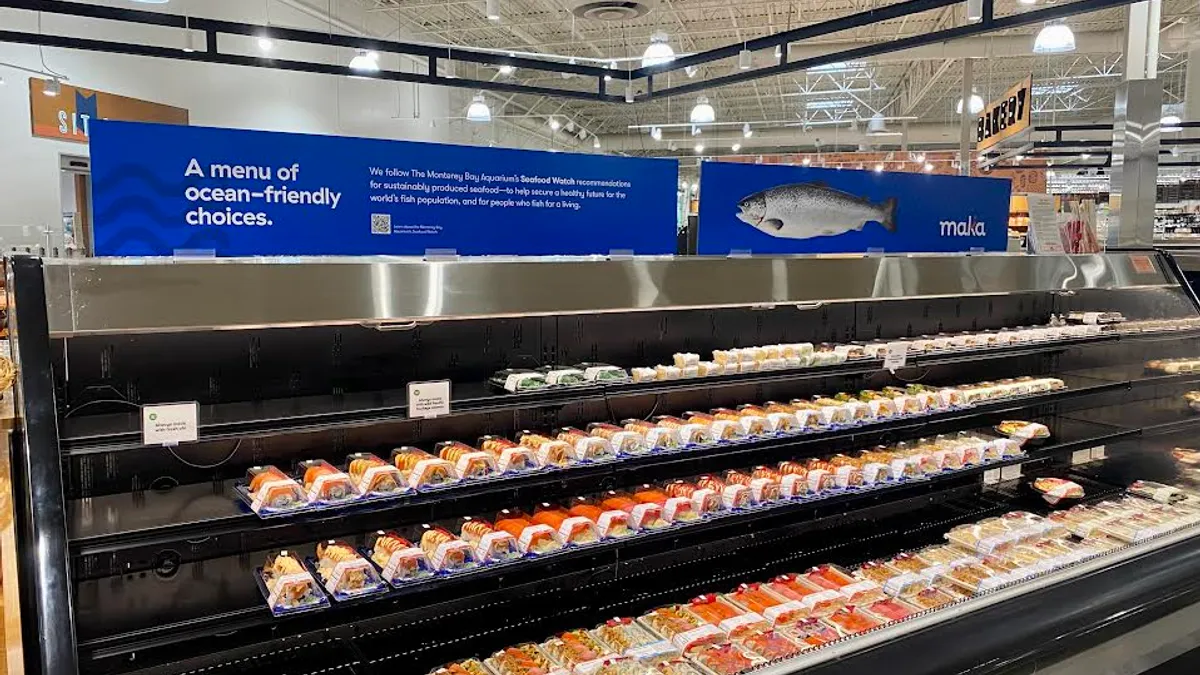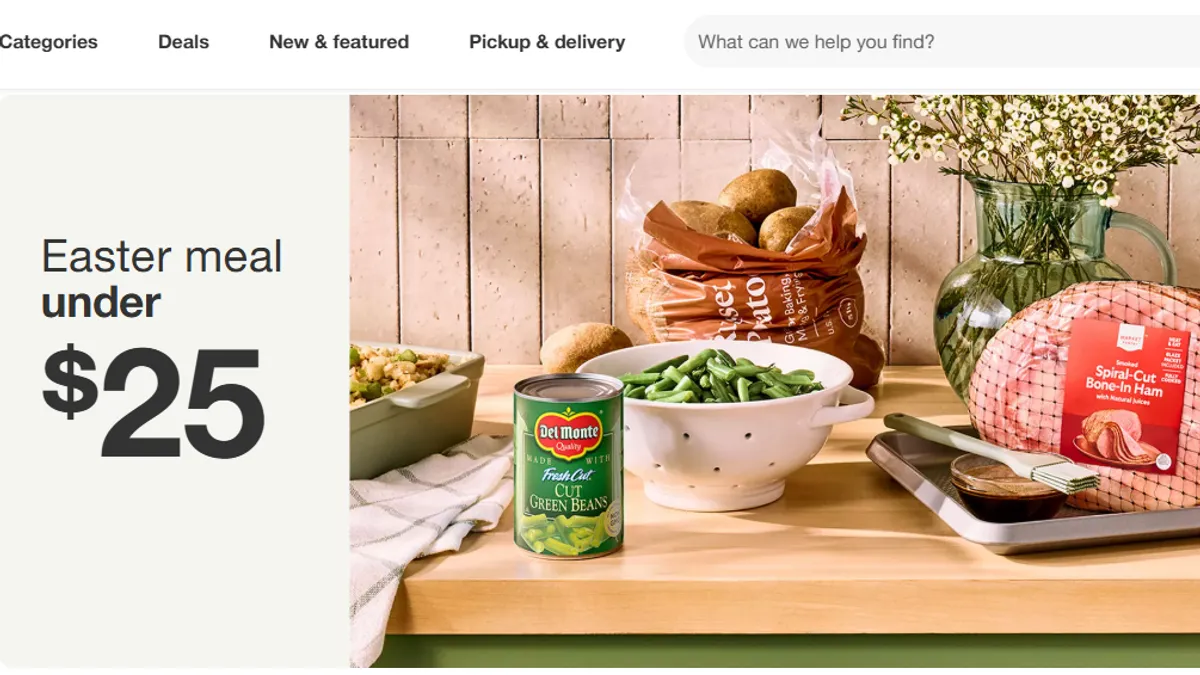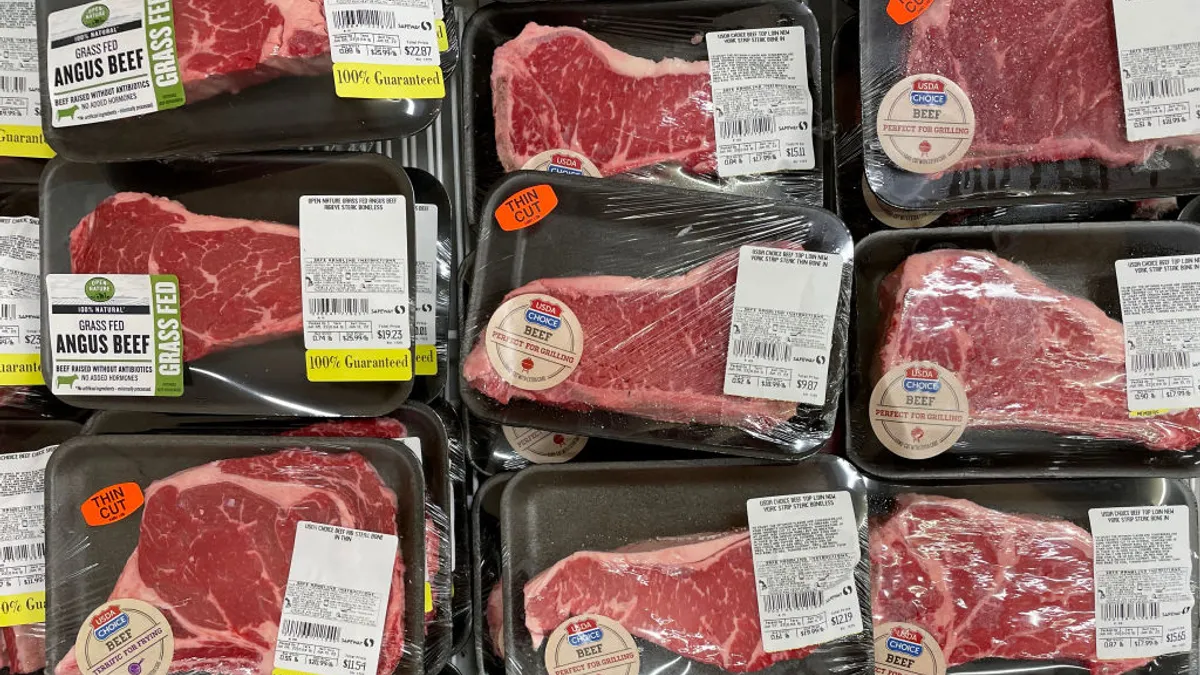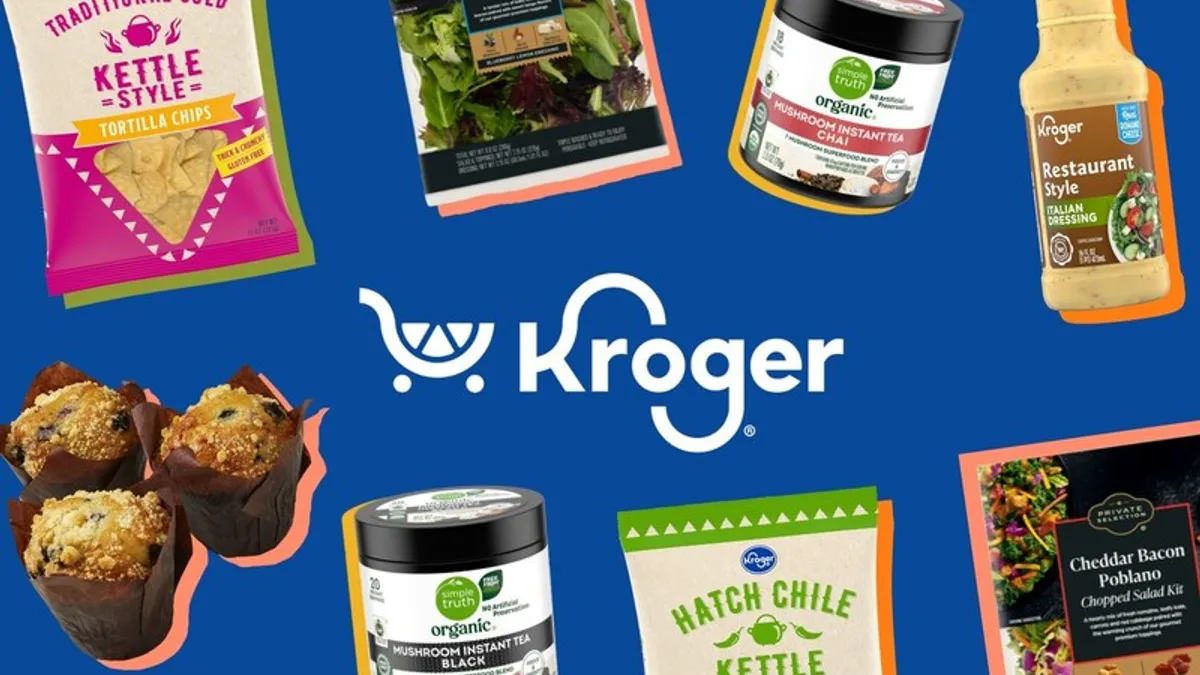"On Special" is a monthly look at evolving store categories with insights on how different grocers are capitalizing on top trends.
Supermarket sushi is more than a store staple — it’s now an offering grocers are increasingly positioning to meet restaurant quality standards.
Beyond just selling popular salmon and tuna rolls in their deli departments, grocers like Whole Foods nowadays are selling inventive sushi dishes and creating destination departments.
This is a fitting strategy considering sushi isn’t an item picked up during shoppers’ usual stock-up trips to the supermarket, said Anne-Marie Roerink, principal at 210 Analytics. Instead, it is more often purchased during “separate deli prepared trips” with small, fast basket fills on a different grocery store run entirely, she said in an email.
Today, shoppers can find fresh sushi quickly at Seattle grocer Town & Country’s sushi counters as well as at grab-and-go stations. A renovated Raley’s location in Reno, Nevada, also features an in-house sushi bar as part of its effort to grow new product offerings.
National and regional grocers alike are using sushi, which racked up $2.4 billion in sales for the 52-week period ending July 16, according to Circana data, as a catalyst for other initiatives, including expanding private label offerings and meeting sustainability goals.
To keep sales swimming along, grocers will want to zero in on Millennials, the category’s most frequent customers, according to Roerink. Aside from age, income is also a factor, with the offering prevalent in urban and suburban area grocery stores — matching the affluent shopper demographic also interested in to-go food offerings.
“[Y]ou need high inventory turns given [sushi’s] more perishable nature,” Roerink said. “Most sushi is made and restocked daily. Likewise, made-to-order offerings are also typically more prevalent in urban and suburban stores and part of larger foodservice programs.”
Here is a look at sushi’s growth, the ways it’s showcased by grocers and what consumers and retailers can expect from the category in the near future.
 Data insights
Data insights
Sushi’s volume and dollar sales growth spiked in 2021 following the height of the COVID-19 pandemic, according to data from Circana. This came during a time when ready-meal options at grocery stores were gaining significant momentum. However, the category has taken a bit of a hit in 2023, with sushi experiencing less than 1% growth in dollar sales and a decrease in volume sales.
Below is a look at sales data for the sushi segment over the latest 52-week period ending Sept. 10, according to Circana data, which included total U.S. multi-outlet (grocery, drug, mass market, military and select club and dollar retailers).
Sushi volume sales
Sushi dollar sales
Stand-out grocers
Kroger on a roll
Kroger is now America’s top sushi seller, with more than 40 million pieces of sushi sold in a typical year, according to The Wall Street Journal.
At the end of last year, Kroger teamed up with DoorDash for on-demand sushi and floral delivery and then expanded that service to the Uber Eats platform earlier this year.
Bringing sushi to private label
Town & Country Markets, a Seattle-area grocery chain, brought its sushi operation in-house with the launch of Maka, its sushi private-label brand. Debuted in October 2022, Maka is available at the in-store sushi counters as well as traditional grab-and-go stations in all six Town & Country locations.
The grocer offers more than 65 core menu items under the line and said its partnership with local supplier Sushi Avenue allows for experimentation and the ability to make the offering more sustainable.
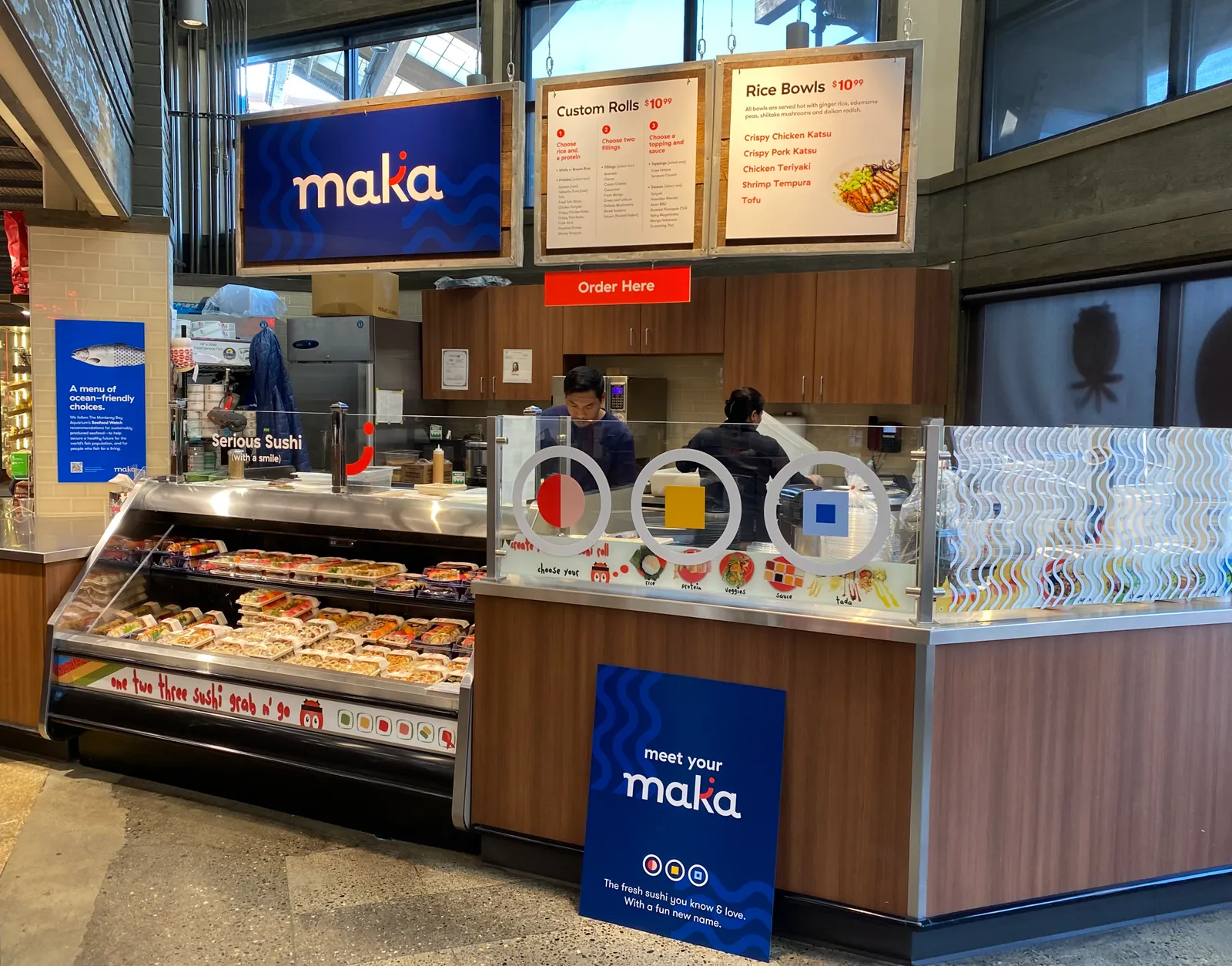
Sustainably sourced
Albertsons announced in June 2021 that it had successfully rolled out responsibly sourced sushi across its banners, meeting its Responsible Seafood Policy goal 18 months ahead of schedule. This goal included sourcing salmon, tuna, shrimp and imitation crab only from suppliers that met the grocer’s policy as well as halting the use of eel in sushi.
 What's trending?
What's trending?
Even with inflation and consumers buying less, sushi is a powerful category across both pre-packaged and made-to-order food departments, Roerink said.
She noted tuna- and salmon-based rolls account for a majority of sales, but in larger sushi program offerings, items like sashimi, seaweed salad, mini shrimp platters and plant-based seafood alternatives are “making inroads.” Limited-time offers that are rolled out by day, week or month are also doing well with retailers.



